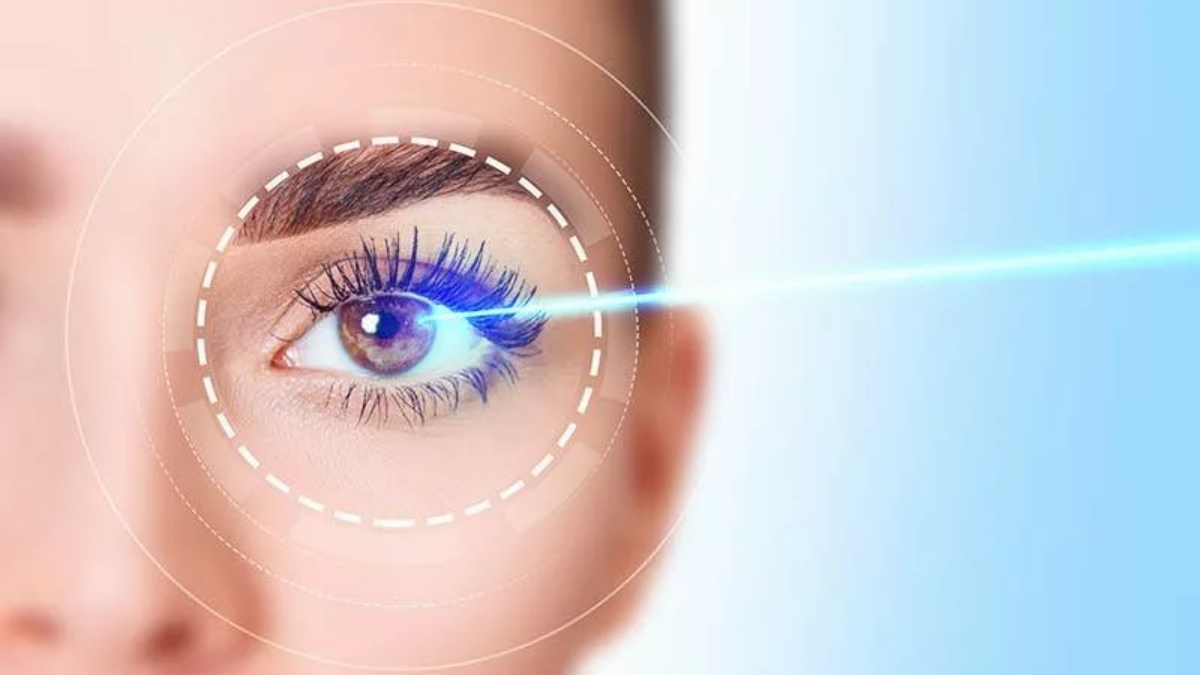
Millions of individuals worldwide need corrective lenses. Although some people only need reading glasses while others must wear corrective lenses full-time, countless wish to rid themselves of these assistive devices. Laser eye surgery corrects refractive errors and allows patients to see without corrective lenses.
Table of Contents
Understanding Laser Eye Surgery
Refractive errors come in many forms. Some people struggle with astigmatism, others are nearsighted, and certain men and women are farsighted. These refractive errors are easily fixed with laser eye surgery, as the surgery reshapes the cornea. The cornea is the dome-shaped portion of the eye that alters the angle of light as it passes through the eye. When the laser reshapes the cornea, light focuses correctly.
Today, there are several laser eye surgery options. The type used depends on the refractive error the patient is dealing with, the severity of the error, and the cornea thickness. Which Lasik Surgery Options might a doctor recommend?
LASIK
LASIK is among the most popular laser eye surgeries today. It is used to treat myopia, hyperopia, astigmatism, and presbyopia. The surgeon begins the procedure by creating a flap in the cornea using a femtosecond laser. Once this flap has been made, an excimer laser reshapes the cornea to improve the angle of light. Patients only need local eye drops rather than general anesthesia for this procedure.
When the surgeon replaces the flap, it begins healing, and the patient can return to work within a few days. This procedure benefits individuals with suitable corneal thickness as long as they don’t struggle with dry eyes. Many patients achieve 20:20 vision with LASIK, and the procedure can be done in the doctor’s office in minutes. Most people find they can drive the next day and see with glasses.
Photorefractive Keratectomy or PRK
PRK was the first laser eye surgery offered, and it is still used today for patients with thin corneas. No blade is used during the procedure, which can treat nearsightedness, farsightedness, and astigmatism.
The physician removes the epithelium or outer layer of the cornea during the surgery. Once the epithelial cells are out of the way, the surgeon reshapes the cornea to adjust the angle of light. The doctor then inserts a bandage contact lens. Individuals with a history of eye trauma or corneal scarring benefit from this procedure.
PRK and LASIK use the same excimer laser. However, the patient needs four to five days to recover following PRK surgery and won’t see the full results for three or four weeks.
SMILE
SMILE only requires one laser, so the procedure is less complex. The surgeon uses the femtosecond laser to create a tiny incision in the cornea. The laser then removes a lenticule, a small piece of corneal tissue. This lenticule is the precise size and shape needed to alter the cornea’s shape and improve vision.
This treatment has less residual dryness and will only work for nearsighted people or astigmatism. It is ideal for people who have high myopia and those who worry about complications with a flap. An eye surgeon can determine if this procedure is suitable for a patient.
Meet with an eye surgeon to learn about other treatment options. The surgeon will evaluate each patient to determine which procedure will provide the desired results based on their vision and other factors such as desired recovery time. As each person is unique, the surgery must be as well.